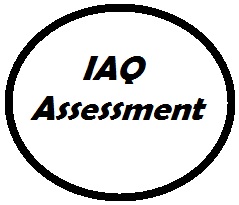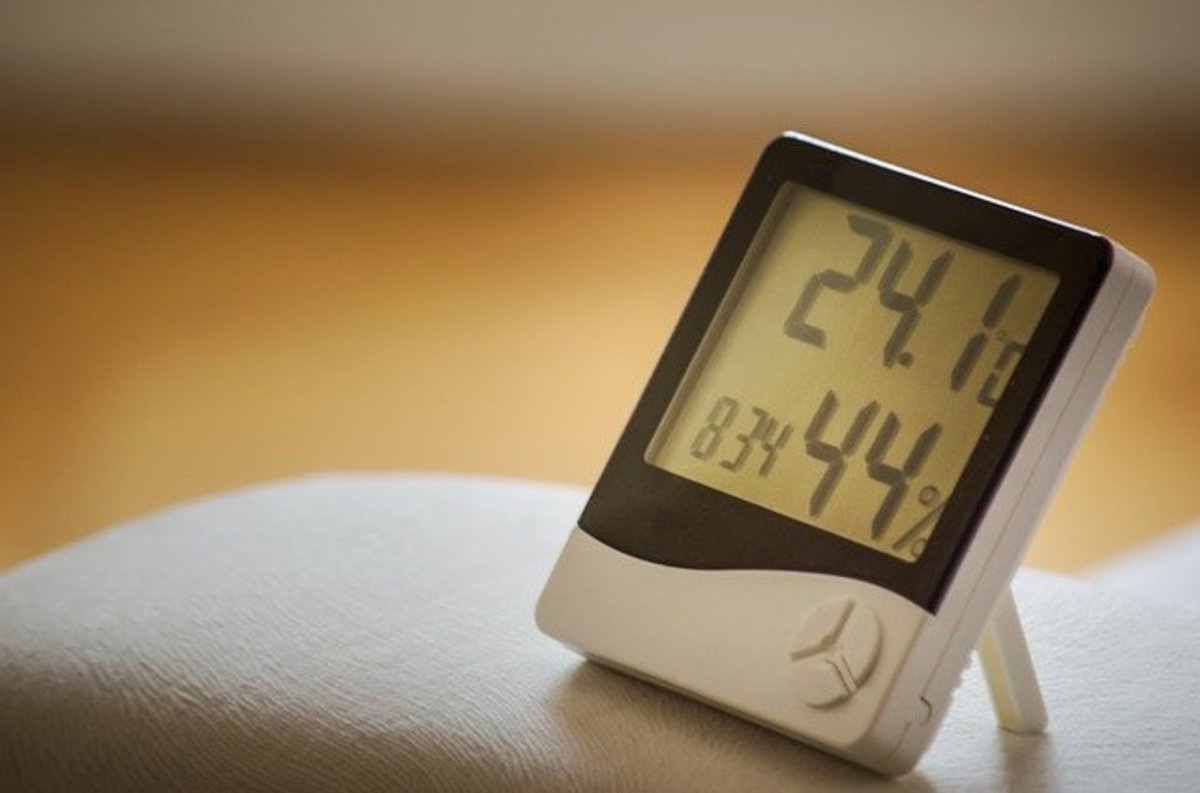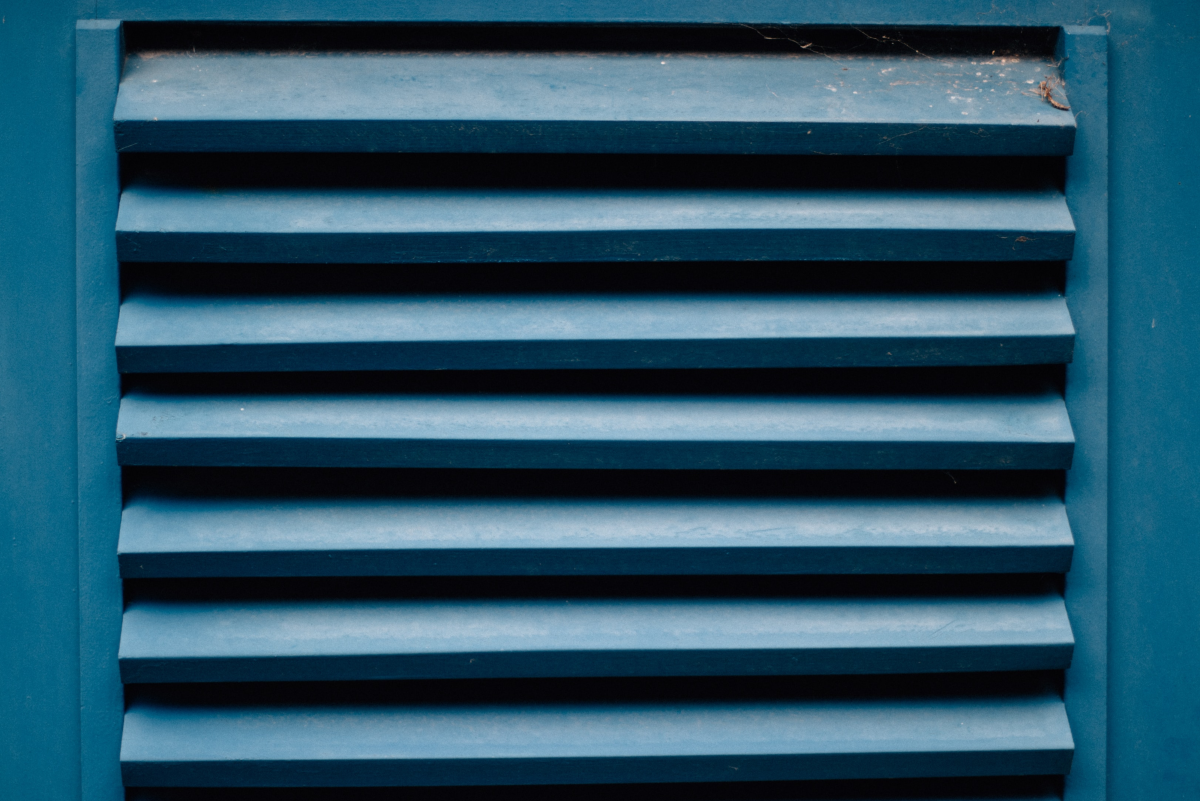How to do an Indoor Air Quality (IAQ) Screening or Assessment in Your Home

IAQ Air Quality Survey
view quiz statisticsAn indoor air quality (IAQ) screening is an important step to resolving the air quality issues in your home. Most people do not take the time to analyze the whole problem. As a result, they apply band-aid solutions to their perception of the problem and they get mediocre results. If you take the little IAQ quiz on the right, it will open your eyes to the many contributing factors for air pollution in your home. A good IAQ screening gives you the results you need to develop a comprehensive solution that can address your air quality problems for the long term.
Tools of the Trade
To do a proper IAQ screening, you need the right tools. Here are some of the tools commonly used to conduct an Indoor Air Quality Assessment:
- Visual Checklist
- Swab testing kit
- air-o-cell kit and sampler machine
- Petri Dish Test Kit
- VOC sampling tool
Besides these tools, you need a laboratory that will test the samples for you. The great news is that amazon.com offers a single kit that provides you with everything you need in the way of tools to evaluate the air quality in your home.
Visual Checklist
The visual checklist is about identifying contributing risk factors that increase bad indoor air quality. Typical visual indicators include the cleanliness of the ventilation system and the visible presence of mold and mildew. The visual checklist will also ask questions about contributing factors to air pollution in the home. These questions provide a context for understanding the composition of air pollution in the home. Here is a basic list of questions you should ask when doing a visual inspection of your home:
- Does anyone in the home experience irritation or breathing difficulties from the air in the home?
- Does anyone in the home smoke?
- Are there any pets in the home? How many?
- Is there any visible mold in the home?
- Does the ventilation system draw air into the home from the outside?
- Are the vents in the ventilation system clean or dirty?
- Are any air purifiers or HEPA filters currently used in the home?
- Are there any major odor smells in the home?
The Indoor Air Quality Test Kit
The Indoor Home Air Quality Volatile Organic Compound (VOC), Formaldehyde, Radon, and Allergen Test Kit available through amazon.com allows you to take samples of the pollution in your air and send it in to a laboratory where stringent test procedures will allow the lab to determine the pollution levels of VOCs, formaldehyde, radon, particles, mold, mildew, and other pollutants in your air. Bringing in a specialist to conduct these tests for you can cost upwards of $500 or more. These specialists will simply use a kit similar to this one, take the samples, and send it to a lab. After completing the testing, the lab will send you a report detailing the areas of pollution concern in your air. A specialist would then use that report to sell you additional solutions and services. The good news is, when you do it yourself, you save yourself money and avoid the headache of having someone try to sell you additional stuff. You control your approach to solutions and reserve the ability to bring in specialists where necessary. The test also tells you exactly what you need to work on to resolve your problem.
How to Use your Air Quality Lab Data
When you get the report back from the lab, it will be a factual report that breaks down pollutants very specifically and tells you how much of it was found in the sample size. Often reports in these pre-made lab kits will provide a scale to help you determine which areas of identified pollution should be the primary concern. The report will outline what some of the major pollution problems are, whether they are from particles, germs (like mold, mildew), or gases (like VOCs). The visual checklist and questionnaire will provide a context for interpreting this data. This in turn will dictate any corrective actions you take. Everyone should do an air quality lab test and a visual inspection of their home. Everyone should treat good air quality as an important investment in good health.









